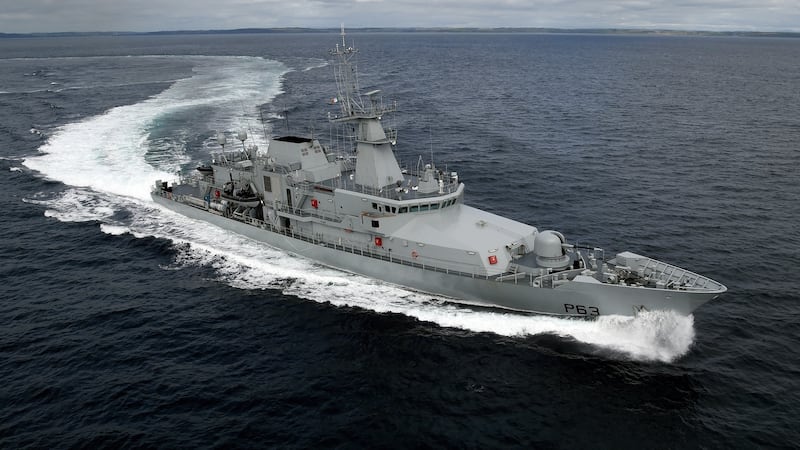What is in a litter bin?
Rooting through a typical litterbin or a pile of roadside rubbish might be an unappealing prospect but it can tell you a lot about Irish consumers and, crucially, how we might manage our wasteful behaviour.
Unfortunately, and in an era of heightened concern around single-use plastics and other disposable packaging, data is severely lacking on what people throw away and where it goes.
There is one notable exception. According to Voice, on Good Friday in 2017 Limerick County Council rolled up its sleeves and got to work understanding a day's worth of waste.
More than 16,000 volunteers working 33,558 hours picked up 68 tonnes of litter. It comprised 46,526 glass bottles; 123,636 coffee cups; 549,495 plastic bottles; and 319,463 aluminium cans.
Litter pollution
In all, packaging waste amounted to just under half of all the litter collected.
"This is probably a reasonable overview of the likely material make-up of litter and street bins and currently is the only reliable data available in Ireland, " Voice notes.
Pedestrians and motorists are said to account for 62 per cent of litter pollution and packaging is heavily associated with them.
Understanding exactly how much litter is comprised of packaging, the report explains, is crucial because forthcoming EU Single-Use-Plastic laws will likely mean producers will have to contribute to cleaning it up.
The Department of Climate Action and Environment had committed to doing a study of what makes up our litter but the report also recommends Government conduct a “waste audit” to fully understand the composition of our street bins.









